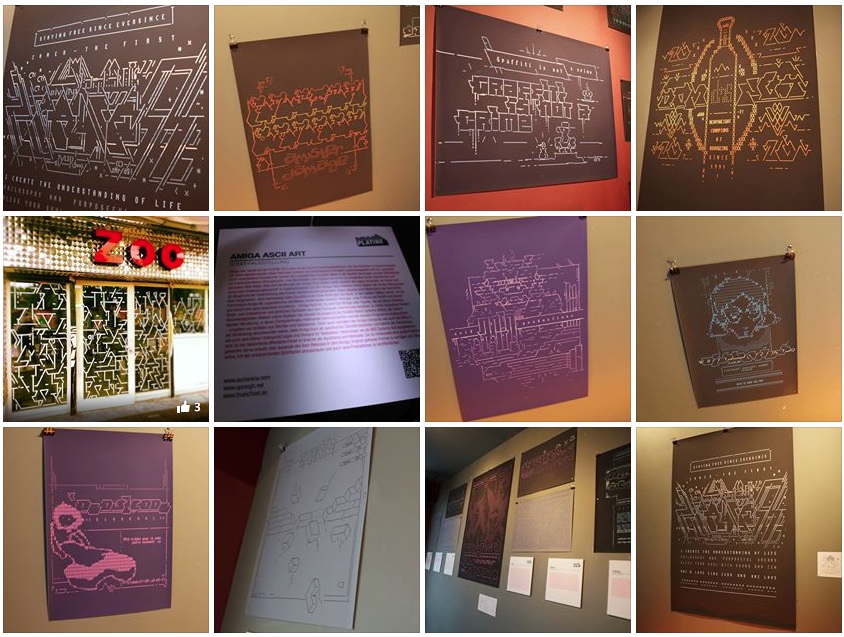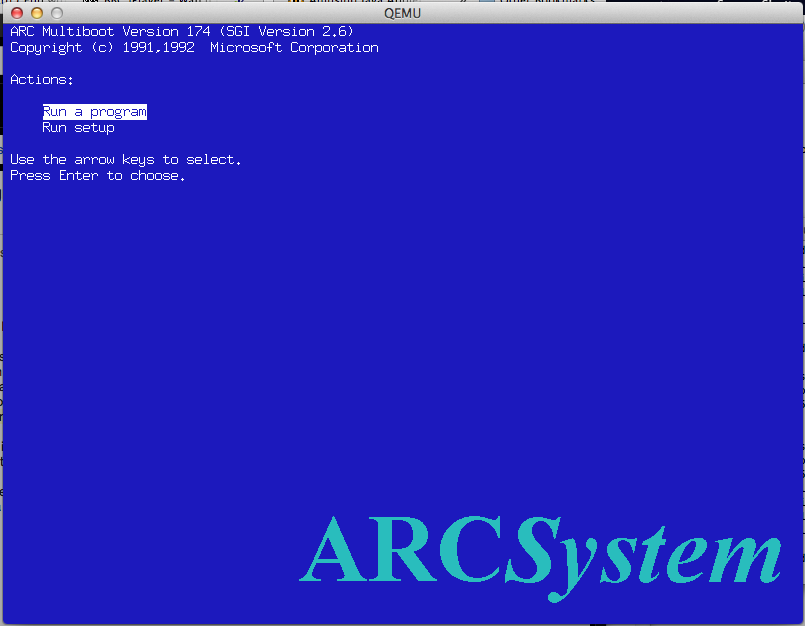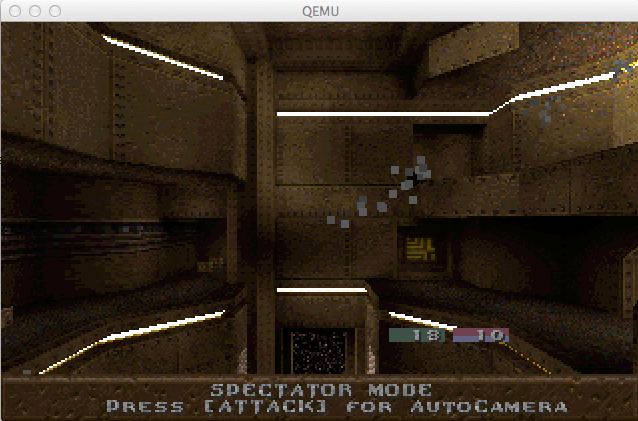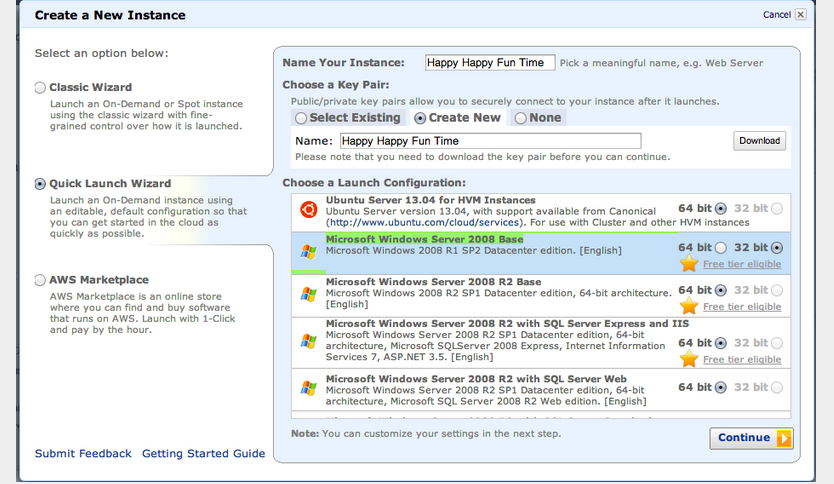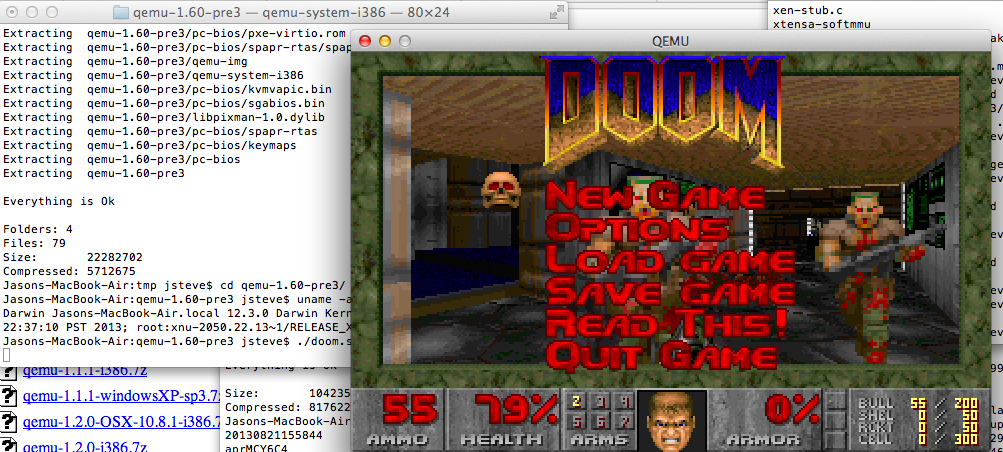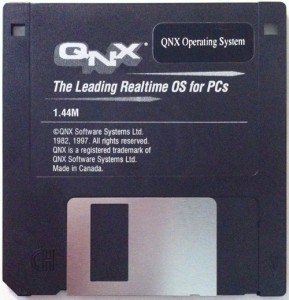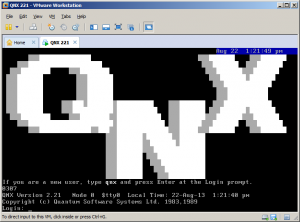So my wife loves this Chinese application TTPod, which lets you listen to music. Â And oh joy last night it suddenly stops working because of an error of “invalid ip address”.
Well it seems that the application will now only fully work in China. Â Even though we are in a SAR (Hong Kong) it isn’t good enough it would seem.
I haven’t used Pandora in ages, and I thought I’d try that to get the same thing.
So for people who like this kind of thing, (esp my wife who just must have facebook while we are in China) I use OverPlay which has VPN endpoints in numerous countries, and supports things like OpenVPN & PPTP which is perfect for devices like iPhone & Android Phones.  So I can still get my BBC & CBC Fix, along with access to my Hulu subscription while abroad.
I swear that IP restrictions are so retarded, all they do is make you funnel traffic to get around them, and punish expats.

